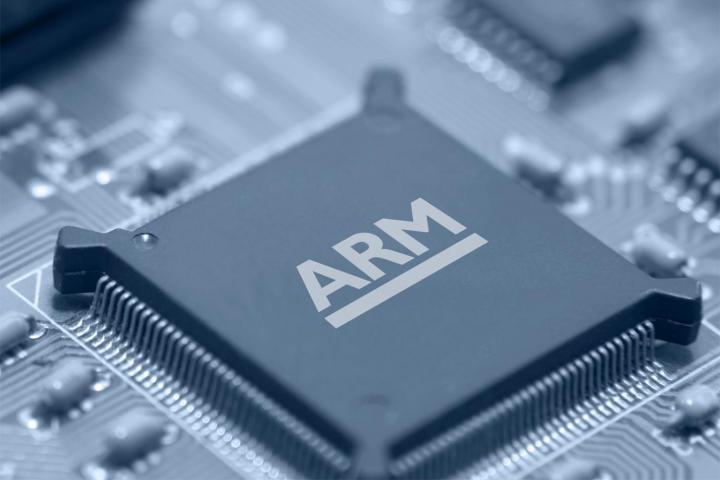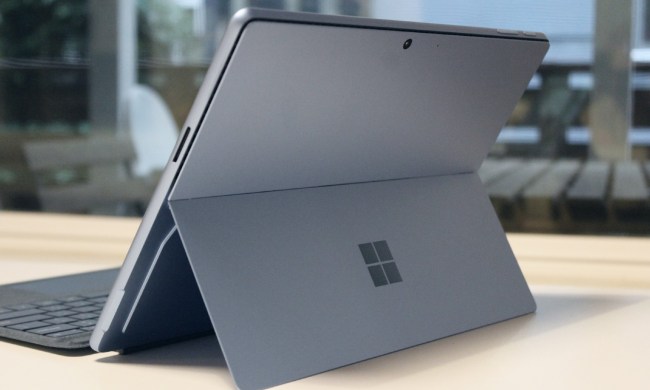
That was an exciting possibility. Intel’s research and development is unmatched, but it’s only one company, and it tends to focus on powerful, expensive chips. ARM offered a different, more affordable path, but numerous obstacles have kept its chip from moving into mainstream PCs.
Broken Windows
While Windows RT probably wasn’t the only thing dragging ARM CPUs down, the fact they couldn’t run standard Windows didn’t help. It became apparent after the debut of Windows 8 that users would rather pay slightly more for “full” Windows.
The death of RT cut chips based on ARM off from the vast majority of users.
Indeed, it could be argued that Microsoft accidentally became ARM’s greatest enemy. Excitement about inexpensive Windows devices with great battery life instantly became apprehension when users realized that Windows RT could not run traditional Windows applications and would be strapped to inexpensive, undesirable devices.
The death of RT cut chips based on ARM off from the vast majority of users. Sure, there’s been some success in Chromebooks, but Google’s operating system represents a tiny sliver of the market despite its accelerating popularity. And even they choose to rely on Intel chips more often than an alternative.
ARM isn’t just losing – Intel is winning
Not only has Intel managed to pick up most of the laptop, hybrid, convertible PC and Windows-based tablets with its low-powered laptop-grade processors, but the company has developed two highly efficient competitors, Atom and Core M.
Atom has been around for years, but early versions disappointed with poor performance. The netbook fad rose and fell on the back of the original Atom’s inability to fulfill expectations. Intel gave the brand a major refresh in 2013, however, bestowing it with quicker quad-core processors. Since then Atom has become a viable chip for devices that prioritize affordable pricing and portability.

If Windows RT killed ARM’s chances in computing, Intel put the nails in its coffin. There’s no longer space for a competitor. CES 2015 made that obvious; many notebooks were revealed, but none had ARM inside.
ARM’s not dying
All of this is not to say that because we didn’t see any PCs built around ARM at CES this year that the company itself is in trouble, or on its way out. ARM designs from Samsung, Nvidia, Qualcomm, and a few other chip makers power new and impressive Android devices from Google, Samsung, and LG, among others. ARM is as deeply entranced in mobile devices as Intel is in computing, so there’s plenty of space for both to succeed.
ARM is as deeply entranced in mobile devices as Intel is in computing.
In addition, Nvidia announced at CES this year that it is releasing its Tegra X1 mobile processor, which features ARM cores. Not only will this CPU be used in mobile devices (primarily tablets and smartphones), but Nvidia says that it will also be used in self-driving cars and some other automation industries (but no mention of PCs).
What’s next?
Smartphones, Android tablets, iPads, even Windows Phone, not to mention a slew of applications unrelated to computing and the Internet, run on an ARM chip. And as long as, when it comes to running Android, ARM CPUs hold up to their Intel counterparts, Samsung, Apple, Google, and others will continue to use them.
Furthermore, Qualcomm has joined companies like AMD to create and distribute ARM-powered servers. According to Steven Mollenkopf, Qualcomm’s CEO, the company is already engaged in negotiations with multiple enterprise customers, including Facebook, regarding development of microservers powered by ARM cores.
Even Android likes Atom, though. Recently, several Android slates, such as Dell Venues and Lenovo Yogas, that were built around ARM CPUs have, in their latest updates, dawned Atom processors. Intel is certainly nudging its way in.


